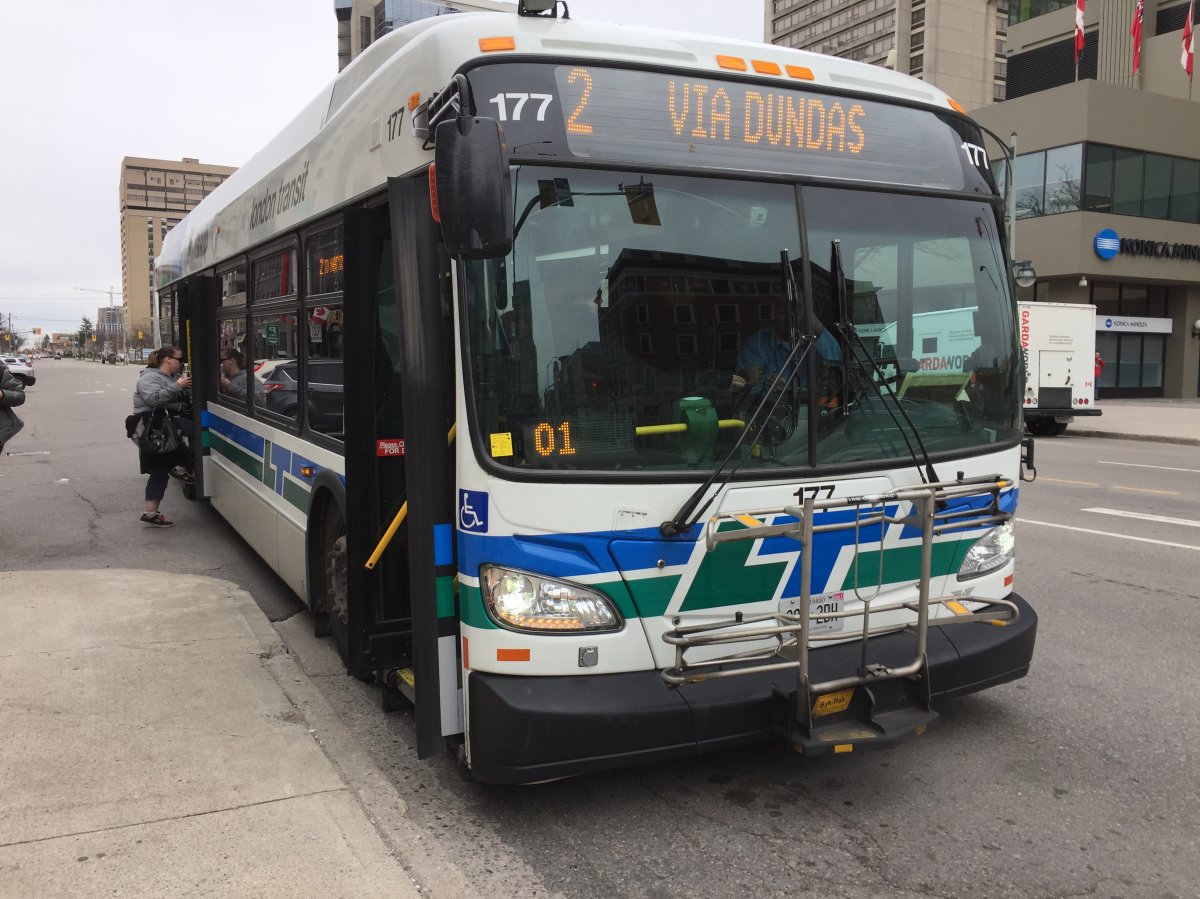After a two-month break, bus rapid transit (BRT) will be back in the spotlight in London Monday.

An updated business case for London’s BRT plan will be debated by the strategic priorities and policy committee at city hall.
The new business case comes two months after city council finalized routes for the controversial plan. Council decided May 16 to modify the plan to remove a proposed tunnel under Richmond Row, choosing to put dedicated bus lanes along Richmond Street at-grade instead.
The original price tag for the BRT plan stood at $560 million, but changes approved two months ago, which included scrapping a proposed tunnel under Richmond Street, brought the estimate down to $440 million. The projected cost is now back up to $500 million, which includes a 50 per cent contingency fund.
“I think one of the things that I’m going to be looking for myself, is what is in that $500 million,” said Coun. Phil Squire.
“In other words, what’s new about the plan that has increased the amount, is something new in it that we didn’t know about before?”
Squire said the two major developments in the plan include bus routes through the Western University campus and an underpass on Adelaide Street.
Councillors decided to abandon the 900-metre Richmond Street tunnel after the estimated cost nearly doubled from $90 million to $170 million. Councillors also decided to go with a couplet on King Street and Queens Avenue. Councillors moved one of the two proposed BRT lines from King to Queens.
Council decided in late May to ask city staff to talk to CN and CP about the possibility of sharing existing rail lines inside the city in a bid to alleviate the problem. Staff is scheduled to report back on those talks in the fall.
With the revised project cost in place, city hall will now seek an additional $120 million in federal and provincial funding. The revised business plan means the construction period has changed and the capital plan and forecast will be revised through the 2018 budget update to reflect the increased funding requirement from the federal and provincial governments.
London has committed $130 million towards the project, with the money coming from development charges. However, staff say new provincial regulations for development charges recovery for transit projects may change the growth/non-growth splits based on the new scale of the project and ridership, but the impact is unknown at this time.
The city has hired a consultant to provide the methodology for development charges rate calculation purposes, a process that is expected to take a few months.
Both the federal and provincial governments have expressed a willingness to fund transit projects in the past. The federal government has said it will cover up to 40 per cent of certain project costs through the Public Transit Infrastructure Fund and Green Infrastructure Fund Stream.
The provincial government has set up what it called the “Moving Ontario Forward” program which includes up to $15 billion for municipal infrastructure projects outside of the Greater Toronto and Hamilton Area (GTHA). Staff note Ontario’s 2017 budget included a formal commitment to advance London’s rapid transit initiative.
Once city council approves the master plan and business case, the environmental assessment process will continue following the Transit Project Assessment Process.
The 24-kilometre BRT network will see the high-frequency buses run along L and 7 shaped corridors inside the city. Buses will run from Oxford and Wonderland Road in the west, to White Oaks Mall in the south and from Masonville Place in the north to Fanshawe College in the east, with both corridors running through the downtown.
The business case also includes a preliminary cost estimate of the Adelaide grade separation project, which is now estimated at $60 million. Back in May, council decided to speed up the implementation of the grade separation so that it’s implemented before the northern corridor for BRT is in place.
Monday’s meeting of the strategic priorities and policy committee starts at 4 p.m.
— With files from Devon Peacock, AM980.








Comments